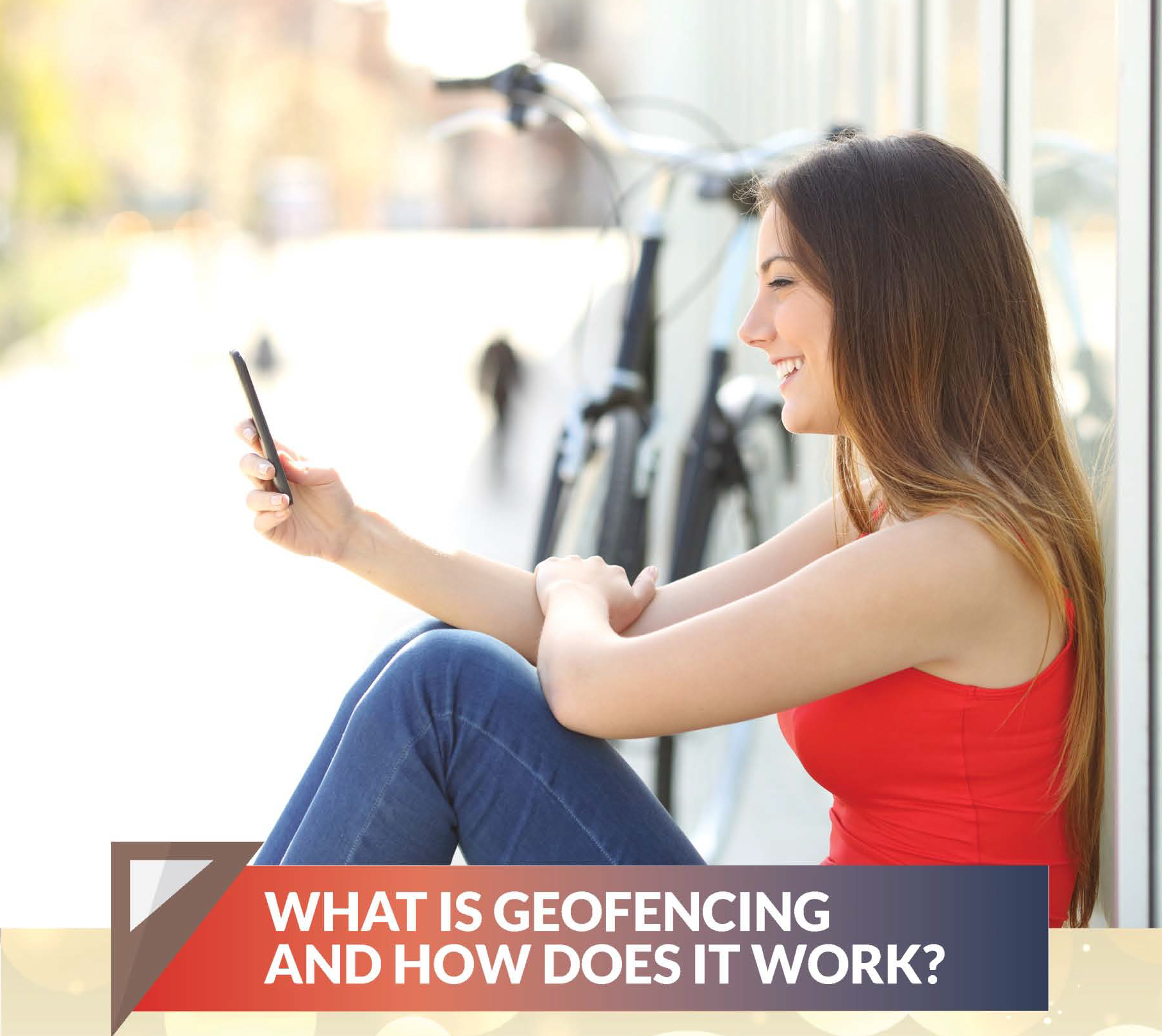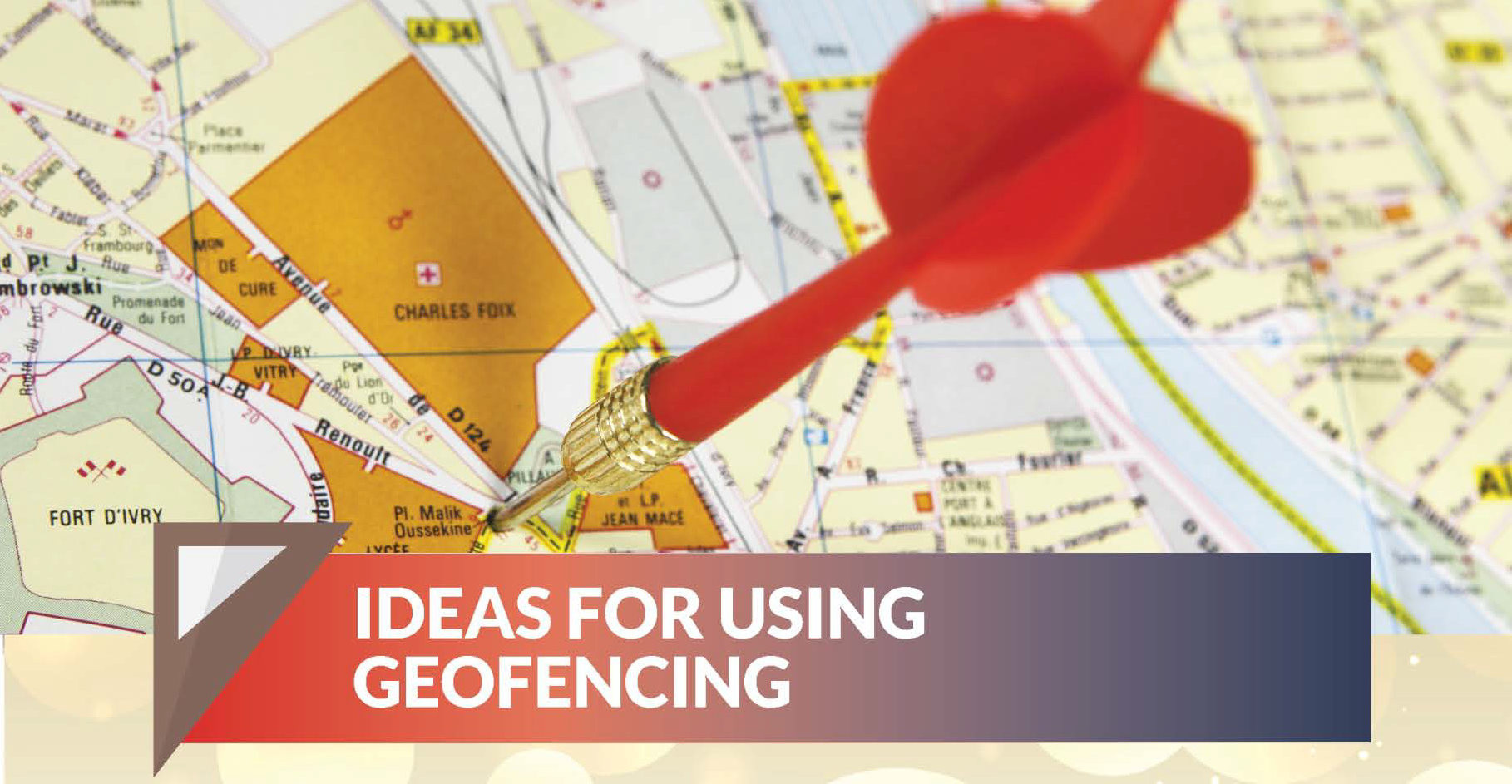
As mobile technology rapidly enhances, so do the marketing opportunities associated with it. As of 2015, mobile searches on Google officially outnumbered searches ran on desktop computers. What that means for local business owners is that nobody can afford to look past mobile marketing as a way of generating sales and increasing profits. Geofencing is a prime example of targeted mobile marketing. This article will explore why geofencing should be a key concern for your business.

Let’s begin with a quick look at geofencing and how it works. Geofencing utilizes locational information collected from smart phone users and allows business owners to send targeted messages to potential customers based upon their geographical location.
All smart phones tend to have GPS or some other form of location marker equipped. As long as users have their GPS turned on, advertising networks can access that information. People who use those networks can then decide to send SMS or text messages crafted to appeal to people who are in the area and might consider giving their business a visit.
In other words, geofencing is a tool that allows business owners to increase foot traffic to their stores by getting in touch with people who are already physically in the area – thus maximizing the chances that those people will respond to their ads.

If you’re interested in trying geofencing, there are some things you need to know if you want to make the most of it. Like any other form of marketing, you will have to test it out and attempt some different things to make it function properly for you and your business.
- Establish the proper parameters. Depending on your business and service area, you may want to cast a wide net or keep your target area relatively small. For example, you might choose to target commuters leaving work, or people in a specific neighborhood. The parameters you decide on will determine the audience your messages reach.
- Narrow your parameters as much as possible. The most effective use of geofencing is marketing campaigns that are hyper-targeted, focusing on an area that’s within five square miles. The people who are closest to your physical location are those who are most likely to visit your store. You want to make it as easy as possible for people to respond positively to your ad.
- Study your customer base and target them as specifically as possible. If you have a clear idea of your typical customer persona, you can use that information to narrow the reach of your campaign and ensure that your message gets to the people most likely to respond to it. For example, you might choose to target people based on their age, marital status, or whether they own pets.
- Ensure that the content you send using geofencing is highly relevant to your customers. For example, it makes a lot of sense to send a message touting your happy hour specials at 4:00 on Friday afternoon, and significantly less so to put out the same message at 11:00 on a Sunday morning. That’s an obvious example, but it illustrates why timing is key when it comes to geofencing.
- Test all of your geofencing strategies as you go. Just as you can use split testing for your website, you can do it for your mobile marketing as well. Even minute changes, like adjusting the fonts you use or the colors in your message, can affect the response you get.
These tips can help ensure that you get a favorable return on your investment in geofencing.


Lastly, let’s examine a few specific examples of how to use geofencing in an effective manner. The offers you send – and the times you choose to send them – can have a significant impact on the response you get.
- Restaurant owners can send out offers, including coupons and other special deals, to attract traffic at slow times of day. If Saturday lunch is not typically a bread-winner for your establishment, you might attempt targeting shoppers at a nearby mall to see if you can get them to stop in for a meal before heading home.
- A florist might consider sending out a special offer or discount code that’s targeted at people shopping for Valentine’s Day gifts. For example, sending a message to men in your target area on February 13th – or the morning of the 14th – can help attract last minute sales and give people a strong reason to choose your business over others nearby.
- Service providers such as dentists, doctors, and veterinarians can utilize geofencing to bring in new clients. Rather than spending money to print and mail postcards or coupons, you can save money by sending electronic versions of those offers to the people who reside in your service area.
- Any business hosting a special event, such as an open house, can use geofencing to spread the word about the event and convince people to stop by to take advantage of special offers and sales. People who might not usually come into your store might be tempted by the prospect of free food or early access to sales items.
- Likewise, geofencing is a sound method to target people who are already customers when they are nearby. It can be especially effective when combined with an in-store concierge service. Geofencing can notify you when customers are in the area, and allow you to send them special offers to get them to stop in. And if you do it the right way, it can also alert you when a customer is entering the store so you can welcome them and provide them with the kind of personalized service that builds customer loyalty and appreciation.
As you can see, geofencing makes it a breeze for you to create hyper-targeted marketing campaigns that engage with people when they are most likely to visit your store. Instead of blowing away funds on blanket marketing that mostly goes to waste, you can save your marketing dollars to spend on the people who are most likely to respond.

